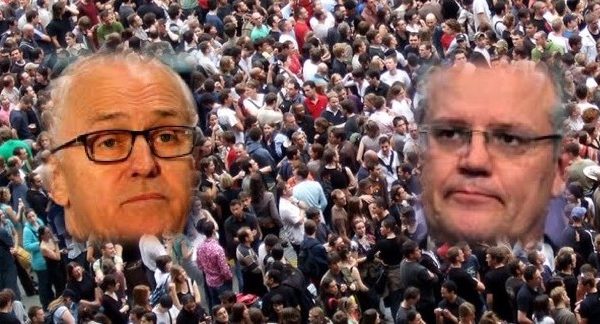Strategies are ‘how’ over the longer term we will achieve our objectives; Tactics are short term activities to achieve them.
While strategy is about planning, tactics are about hard work, resilience and attention to detail. They are about being first there are the beginning of the day, and the last one to bed.
At the end of a long week, CEO Alan Joyce has had to cope with the pressure of the Senate Inquiry grilling, and still keep a clear head.
When the Wilkinson Group looks at the tactics a team needs to employ, we can look for signs of strength (and weakness) in seven areas:
- Leadership: QANTAS so far ticks all the boxes here;
- Resolute and united; values driven; clear thinking; pragmatic;
- Legal and PR support teams – present but invisible;
- Spokesperson: Joyce so far has been indefatigable;
- Media trained and on-message; available; empathetic; likable; well rehearsed;
- Everywhere, when needed (although he did begin to show signs of tiredness – a hint of irritability? – at the inquiry);
- Messages:
- We must have a winning message (in this case we think QANTAS has that – about the long term survival of the company);
- Clear & consistent; snug with the strategy;
- Repetition = penetration = impact;
- Simple
- The 80/20 rule: get the basics right;
- Avoid being too clever;
- Nimble
- Early bird gets the worm; to set the debate agenda have to be first out every day (QANTAS’ compensation message to passengers at the end of this long week);
- Campaign budget
- Don’t overspend – it may draw criticism; don’t underspend – it’s a recipe for failure;
- Timeline
- Be realistic; Underpromise and overdeliver.
Next: QANTAS: Anatomy of a Crisis #4 – Review. So far we have been predicting how QANTAS might behave, based on an assumption of strong Objectives, Strategies and Tactics, plus a little contemporaneous comment. Next we will review how they have managed such a complex manoeuvre.





